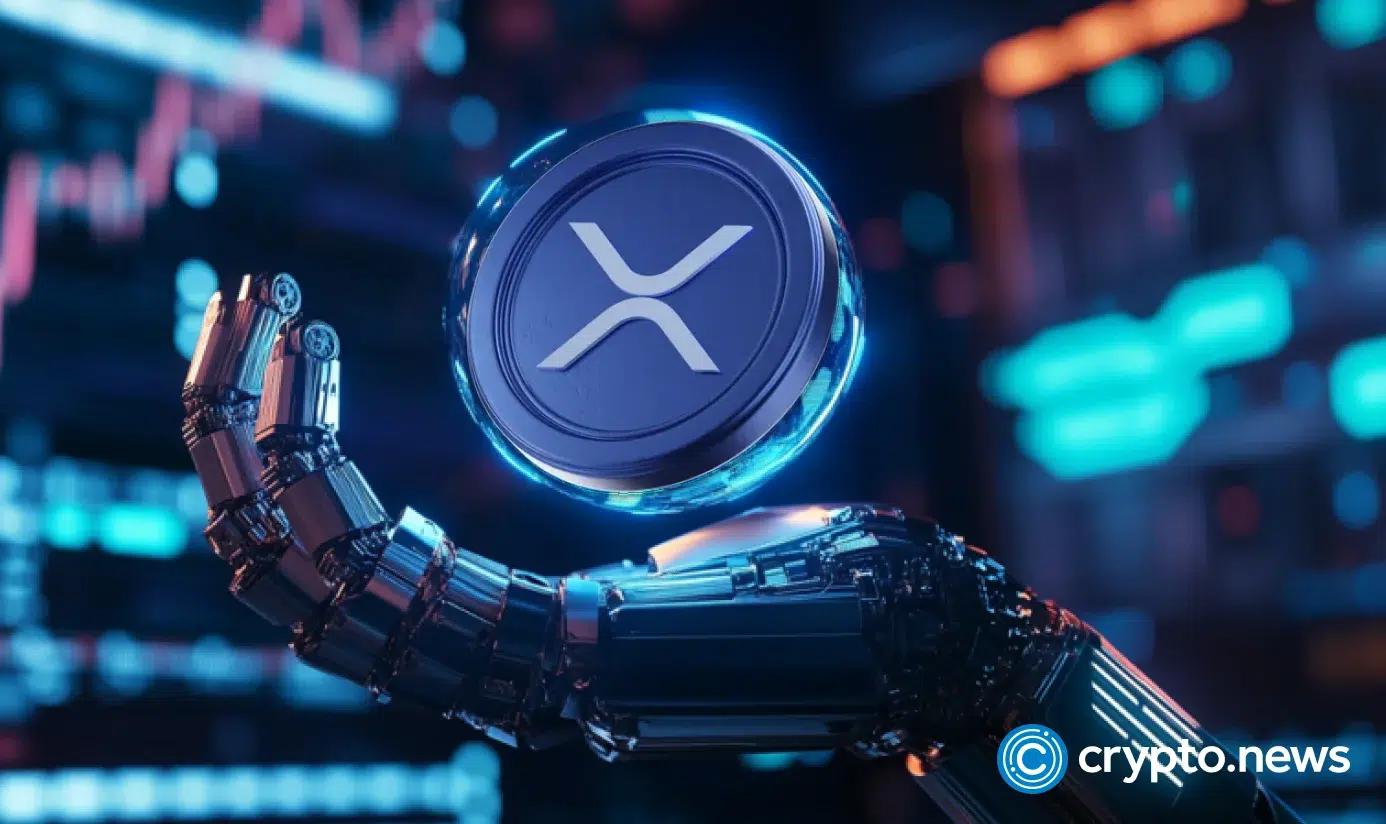
Institutional Crypto Moves Heat Up: Bitget, MicroStrategy, and Circle Make Major Plays Amid Market Volatility
The cryptocurrency market is experiencing heightened institutional activity as major players like Bitget, MicroStrategy, and Circle make strategic moves despite ongoing volatility. From liquidity partnerships to massive Bitcoin acquisitions and ambitious fundraising efforts, these developments signal growing confidence in digital assets even as macroeconomic uncertainty looms.
In this article, we’ll break down the latest institutional crypto plays, analyze their implications, and explore how they could shape the market’s future.
Bitget Enhances Liquidity with Kronos Research Partnership
Bitget, one of the leading cryptocurrency exchanges, has taken a significant step toward improving institutional-grade trading by partnering with Kronos Research, a top quantitative trading firm. The collaboration aims to enhance liquidity and execution efficiency for Bitget’s users, particularly institutional traders who require deep order books and minimal slippage.
Kronos Research brings advanced algorithmic trading capabilities to Bitget’s platform, which could attract more high-volume traders seeking optimized execution. This move underscores Bitget’s commitment to positioning itself as a go-to exchange for professional traders amid rising competition in the crypto space.
Consensys Acquires Web3Auth – A Game-Changer for MetaMask?
In a bid to simplify wallet access for millions of users, Consensys, the developer behind MetaMask, has acquired Web3Auth, a Singapore-based authentication provider. The deal could revolutionize how users interact with MetaMask by enabling:
- Social logins (Google, Apple, etc.)
- Device-based recovery (eliminating seed phrase risks)
- Embedded wallet solutions for DeFi, gaming, and social apps
This acquisition signals a push toward mainstream adoption by reducing onboarding friction—a major hurdle for crypto newcomers. If successful, MetaMask could see a surge in users who previously found self-custody wallets too complex.
Robert Kiyosaki Warns of Stock Market Crash – Pushes Bitcoin & Silver
Famed author and investor Robert Kiyosaki has doubled down on his warnings of an impending stock market crash, urging investors to seek refuge in Bitcoin and silver. His concerns align with growing institutional interest in crypto as a hedge against inflation and economic instability.
Meanwhile, Michael Saylor (MicroStrategy) and analyst Dylan LeClair continue advocating for Bitcoin as the ultimate store of value. Their bullish stance reinforces the narrative that institutions are increasingly viewing BTC as digital gold amid global financial turbulence.
MicroStrategy Adds Another 705 Bitcoin to Its Treasury
Speaking of Michael Saylor, his company MicroStrategy has once again expanded its Bitcoin holdings, purchasing an additional 705 BTC for $75 million. This brings its total stash to a staggering 580,955 BTC, worth billions at current prices.
MicroStrategy’s relentless accumulation highlights its unwavering conviction in Bitcoin’s long-term value proposition. Despite market fluctuations, Saylor remains committed to his strategy of converting corporate reserves into BTC—a move that could pay off massively in the next bull run.
Circle Eyes $7.2B Valuation in Second Share Offering
Stablecoin issuer Circle, the company behind USDC, is making another push to raise capital with a second public offering aiming for an ambitious $896 million investment round. If successful, this would value Circle at approximately $7.2 billion.
This fundraising effort comes as USDC continues to compete fiercely with Tether (USDT) for dominance in the stablecoin market. With regulatory clarity improving, Circle is positioning itself as a key player in bridging traditional finance with crypto.
XRP Struggles Despite Positive Developments – Are Rivals Gaining Ground?
While Ripple (XRP) has seen some positive developments—including ETF applications and the conclusion of its legal battle with the SEC—its price remains under pressure, down 36% from its yearly high. Analysts suggest that structural supply issues may be capping XRP’s upside potential.
Despite Ripple locking away 470 million XRP to reduce circulating supply, critics argue that more aggressive measures are needed to sustain bullish momentum. Meanwhile, competitors like Solana (SOL) and Cardano (ADA) are gaining traction as potential alternatives in the payments sector.
DePIN: The Solution to Centralized Infrastructure Failures?
Recent blackouts across Europe have reignited debates about the fragility of centralized infrastructure. Advocates argue that Decentralized Physical Infrastructure Networks (DePIN) could offer more resilient alternatives by leveraging blockchain for energy grids, internet access, and other critical services.
Projects like Helium (HNT) are pioneering this space, proving that decentralized models can provide real-world utility beyond financial applications. As global instability persists, DePIN adoption may accelerate as governments and corporations seek fail-safe solutions.
Bitcoin Price Dips Below $104K Amid Geopolitical Tensions
Bitcoin started June on shaky ground, briefly dipping below $104K as tensions between Russia and Ukraine rattled traditional markets. While BTC remains highly volatile, institutional accumulation (like MicroStrategy’s latest purchase) suggests strong underlying demand despite short-term price swings.
Analysts remain divided on whether this is a temporary pullback or the start of a deeper correction. However, long-term holders appear unfazed, continuing to stack sats in anticipation of future gains.
VivoPower & BitGo Partner for $100M XRP Treasury Strategy
In another sign of institutional interest in altcoins, VivoPower International has teamed up with custody giant BitGo to facilitate an initial $100 million XRP acquisition as part of its treasury strategy. This move signals growing corporate confidence in XRP’s utility despite its regulatory hurdles.
If more firms follow suit, XRP could see renewed demand from institutions looking beyond Bitcoin and Ethereum for treasury diversification.
Final Thoughts: Institutional Moves Signal Long-Term Confidence
Despite market turbulence, major players like Bitget, MicroStrategy, and Circle are making bold moves that underscore their belief in crypto’s future. From liquidity enhancements to massive Bitcoin buys and stablecoin expansion efforts, these developments highlight an industry maturing at an institutional level.
While short-term volatility remains a concern, the long-term outlook appears bullish as corporations and financial giants continue integrating digital assets into their strategies. For investors, staying informed on these trends will be key to navigating the evolving crypto landscape successfully.